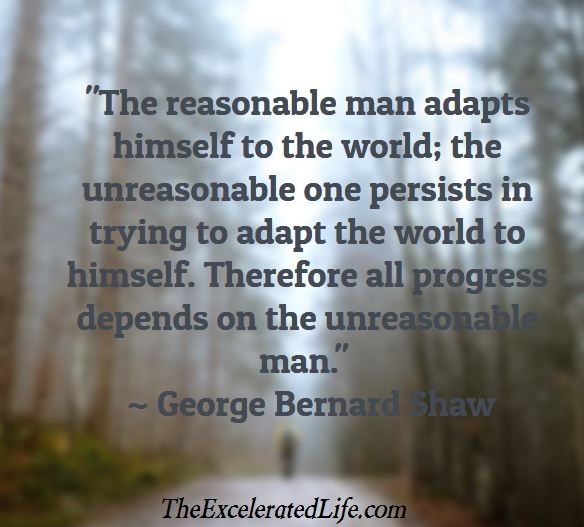To visualize,” said Peter McWilliams, “is to make visual lies. Visual lies, however, have a way of coming true.”
Visualization. You already do it . . . planning a party, replaying an argument and inserting what you “should’ve said”, daydreaming about an exotic vacation, fantasizing about Prince or Princess Charming. But did you know research shows that a specific type of visualization can help you reach your goals and help stimulate positive emotions?
Choose a better visualization technique
Research has identified two significantly different types of visualization. One is called outcome visualization and one is called process visualization. One has been proven through experimentation to help people to reach their goals, one has been shown to be largely ineffective.
In outcome visualization, you imagine yourself and your life when a goal has been achieved. You imagine — in rich detail — what it feels like to pass the exam, buy the new car, move in to the dream home, find the true love. You visualize the end result of reaching your goal. “Hold the image of yourself succeeding, visualize it so vividly,” said Norman Vincent Peale, “that when the desired success comes, it seems to be merely echoing a reality that has already existed in your mind.”
The only problem is this: research has shown this type of visualization to be of absolutely no benefit in actually reaching the goal. (And in some cases, those who practiced outcome visualization did slightly worse on an exam than a control group who didn’t visualize at all. [Taylor 434]
Visualize the process
With process visualization, on the other hand, you visualize the steps you must take to reach your goal. You imagine — in rich detail — how and when you will study for the exam, what you must do to shop for and select your new car, the steps you will take to find and purchase your dream home, the places you will go and the activities you’ll engage in to meet your true love . . . and what qualities your true love must have. You see yourself overcoming the inevitable obstacles and you feel the emotions, to some extent, that you have as you move toward your goal. Visualization — the right kind of visualization — evokes emotions which help motivate you, either away from – negative, or toward – positive.
With process visualization, as you visualize the process of reaching your intended aim, you begin to see the steps you must take to reach the goal, and you begin formulating a plan. [Taylor 432] Visualizing the steps can in turn spur you into action.
“What would happen if I didn’t?”
A variation on the the theme of visualization is to ask yourself, “What would happen if I didn’t?” If you are stuck and need some motivation to get moving again, fast forward in your imagination to a future point and imagine what that future will be like if you don’t do it. “What if I don’t stick with my exercise program?” “What if I don’t go back to school?” “What if I don’t ask her (or him) to go out?”
Sometimes, thinking about what could happen if you don’t do something can be a strong motivator. Combine this with process visualization, and you have a powerful stimulus to get you moving toward your goal.
Add to your tool box
Visualization can be a potent addition to your tool box of goal achievement activities. Five minutes a day, once a day, is all it takes to begin propelling you along the path. Just remember to imagine yourself taking the steps you’ll need to take to reach your goal, instead of seeing yourself as having achieved your goal. Use process visualization to fire up your desire and to make a plan for reaching your goal. That is living the Excelerated life!
* * * * * * * * * * * * * * * * * * * * * * * * * * * * * *
Excelerated accomplishment is one step in creating your Excelerated life, a life of well-being, meaning, and purpose.
Taylor, Shelley E., et al, “Harnessing The Imagination – Mental Simulation, Self-Regulation, And Coping,” American Psychologist April 1998: Vol. 53 No. 4 429 – 439 <http://www.culturedesoi.fr/wp-content/uploads/2012/07/Taylor-et-al-Harnessing-the-imagination-Mental-simulation-self-regulation-and-coping.pdf>.


